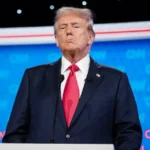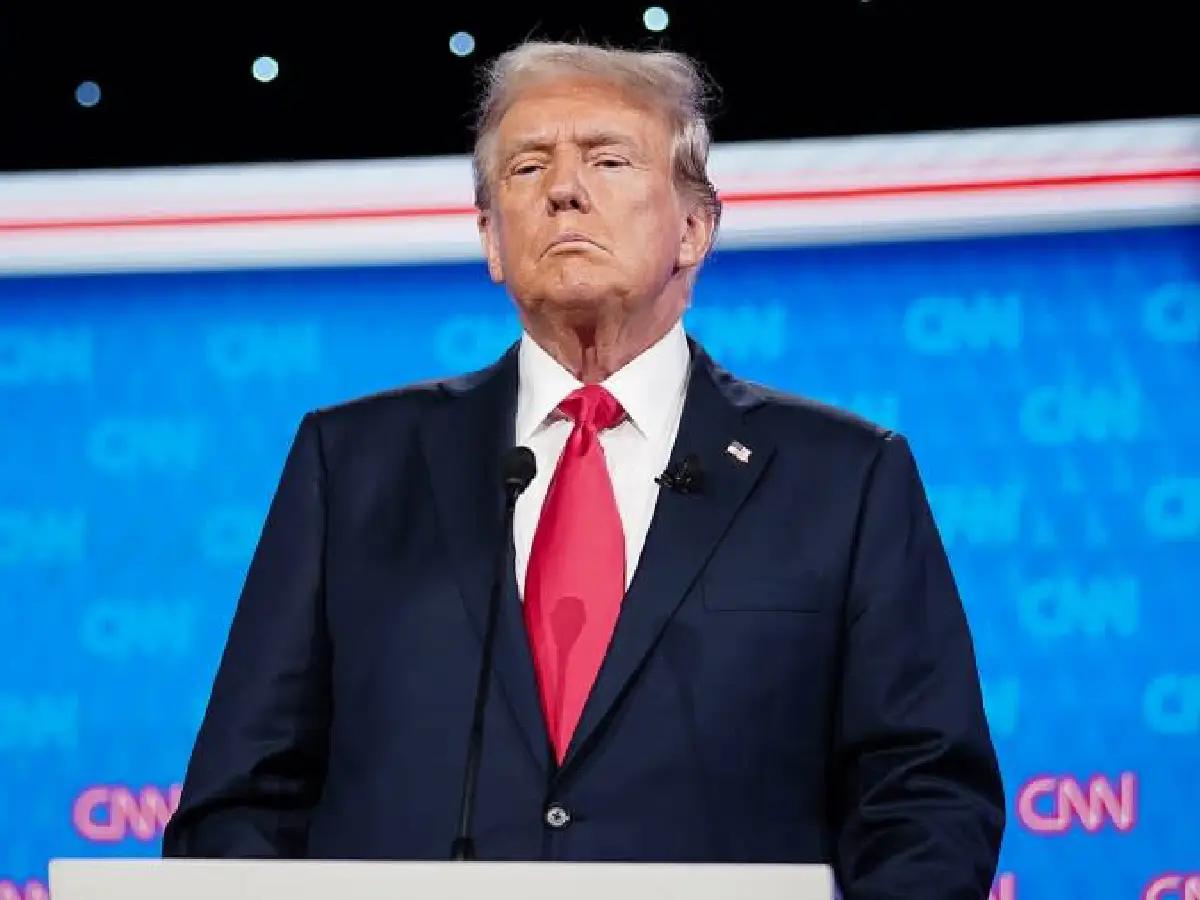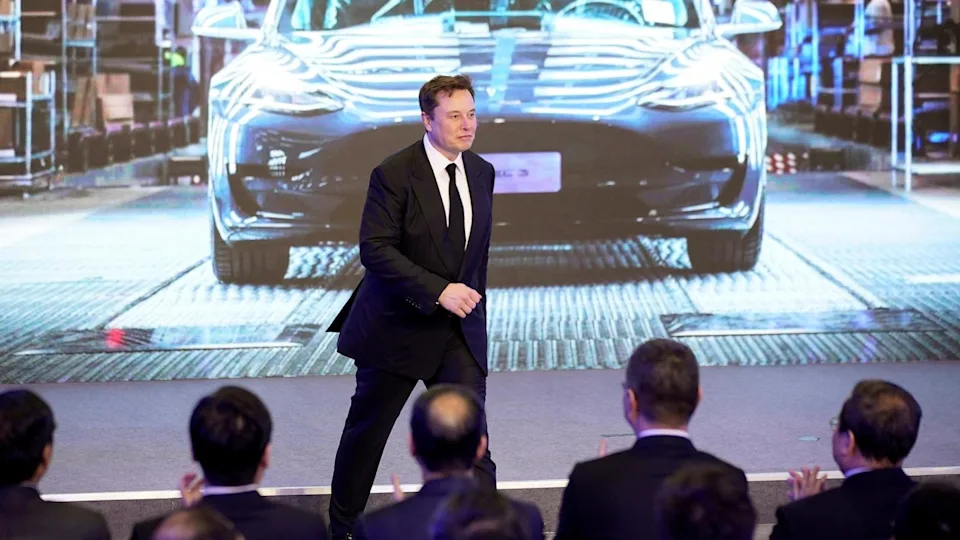## Navigating Economic Shifts: How Trade Policies Impact U.S. Growth and Inflation
In the ever-evolving landscape of U.S. economic policy, recent shifts in trade strategies under President Donald Trump’s administration are expected to trigger significant changes. According to the International Monetary Fund (IMF), these changes might lead to slower economic growth and heightened inflation rates in the coming years. This evolving scenario warrants a closer look to understand how such policies could reshape the financial environment in the U.S.
### Understanding the Impact of Trade Policies
Trade policies play a crucial role in shaping national economies. They determine the terms of trade between countries, influencing everything from consumer prices to employment rates in various sectors. President Trump’s administration has been particularly focused on renegotiating trade deals and imposing tariffs, aiming to bolster American industries and reduce trade deficits.
However, these policy adjustments come with their set of challenges and repercussions. According to insights from the International Monetary Fund, the recent trade measures might slow down the U.S. economic growth. This slowdown can stem from uncertainties in trade partnerships, adjustments in global supply chains, and potential retaliations from trade partners.
### The Inflation Connection
Alongside slowed economic growth, another critical concern raised by the IMF is the rise in inflation rates. Trade policies involving tariffs, particularly those targeted at widely imported goods, can lead to increased production costs. These costs often trickle down to consumers, leading to a general rise in prices.
This situation poses a significant concern for economic stability, as higher inflation could decrease purchasing power and alter consumer behavior. Such changes significantly impact the broader economy, potentially leading to less consumer spending and a slower growth rate.
The push towards promoting domestic industries through tariffs and renegotiated trade agreements might see short-term gains in specific sectors. However, the overall economic balance must be carefully managed to prevent long-term disparities in growth and consumer prices.
### Looking Ahead: Economic Predictions and Strategies
Forecasts by the IMF urge policymakers to consider the broader implications of aggressive trade policies. While protecting domestic industries is crucial, maintaining robust trade relations and economic stability is equally important. Balancing these aspects could involve revisiting some of the recently implemented policies and fostering a more cooperative international trade environment.
Economists suggest that strategies focusing on innovation, technology, and enhancing the workforce’s skills could provide more sustainable growth pathways. These areas can drive competitive advantage without the adverse side effects of high tariffs and restricted trade practices.
### Conclusion: A Dynamic Economic Landscape
As the U.S. navigates through these policy-induced economic changes, the outcomes will likely influence global economic dynamics as well. Stakeholders, ranging from policymakers and businesses to consumers, must stay informed and adaptable to manage the impacts effectively. Navigating this dynamic economic landscape requires a balanced approach, one that fosters growth while mitigating risks like inflation and slowed economic momentum.
As we move forward, the evolving interplay of trade policies, economic growth, and inflation will be crucial in shaping the U.S. economic outlook. Observing these changes and understanding their implications will be key for everyone from economic analysts to the average consumer aiming to make informed decisions in a shifting financial environment.









